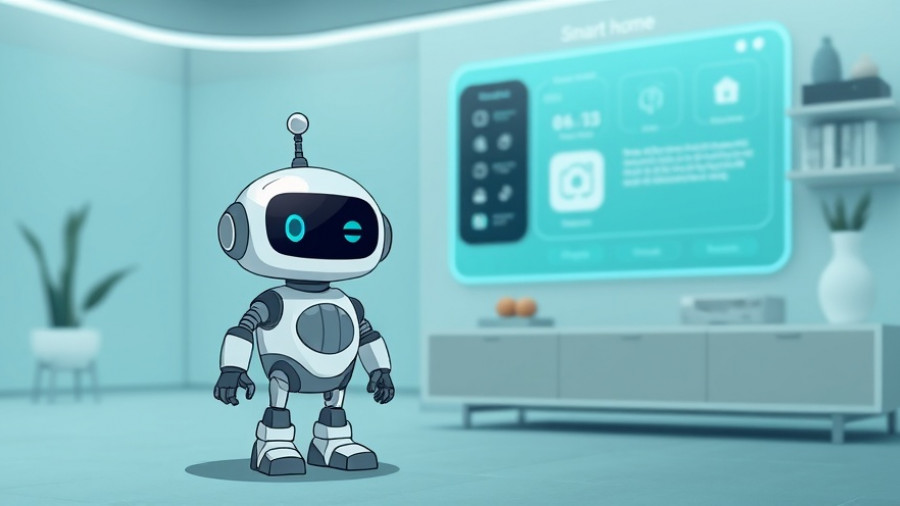
The Future of Home Security: A Personal Doorman at Your Service
Embracing the realm of smart & connected homes is no longer just a trend; it's becoming a standard for many young homeowners in London. The evolution from traditional locking systems to modern facial recognition devices has made securing one's home not only easier but also remarkably smarter. As a proud possessor of a Lockly Visage, I can attest to the convenience and innovation embedded in this device. It’s like welcoming a personal doorman every time I approach my door.
Goodbye to Keys, Hello to Seamless Convenience
Gone are the days of fumbling for keys in your pocket or struggling with touchpads while juggling groceries and children. With my new smart lock, I simply stroll up to my front door, and it recognizes my face almost instantly. The excitement of walking up to a door that unlocks on its own is akin to the moment you upgrade from an old flip phone to a smartphone—suddenly, everything else feels obsolete.
Advanced Security Features That Instill Confidence
One of the most impressive features of this smart lock is its PIN Genie technology. It changes the keypad layout every time you use it, making it nearly impossible for someone to record your input just by watching. This is a remarkable advantage in today’s world where privacy is paramount, especially in densely populated urban areas like London. You don't need to worry about changing your code every few months; the clever design ensures that your home remains secure without added hassle.
Weatherproof Technology: Perfect for London's Elements
In London, unpredictable weather is a familiar aspect of life. Whether it’s raining or dark, my smart lock performs flawlessly. Utilizing radar technology, it can sense my approach even in the worst of conditions. This advanced functionality means that I’m no longer left standing in the rain attempting to input codes. Instead, I can walk right in, seamlessly transitioning from outside to the comfort of my home.
Beyond The Basics: Safety Features that Truly Protect
As any tech-savvy homeowner knows, security is not just about convenience; it’s about safety. Traditional locks can be deceived, but the Lockly Visage incorporates dual 3D cameras to verify identities. I tested my new lock by waving selfies and playing video feeds of myself; nothing worked! This robust security feature reassures me that I’m as safe as can be within my own four walls.
Strategizing Better Living with Smart Technology
With such groundbreaking technologies now available, it’s crucial for young homeowners to consider how integrating smart solutions into daily life can enhance both security and convenience. Investing in smart home technology not only protects your space but also elevates your living experience. As this technology becomes more accessible, it also aligns with sustainable living practices, reducing energy usage and promoting eco-friendly behaviors.
How to Take the Leap into Smart Living
If you're contemplating a switch to smart & connected homes, start small. Consider areas where convenience is crucial: entry points of your house. A smart lock, like the one I use, is an excellent starting point to dip your toe into the pool of smart technology. As you become more comfortable, you can explore additional smart devices that can work synergistically to create your dream connected home.
Conclusion: Is a Smart Lock Right For You?
As we step into a future that embraces technology, the importance of feeling secure in our homes shouldn't be overlooked. With user-friendly features and cutting-edge security measures, my smart lock has transformed not just door access but my whole outlook on home security. For young homeowners in London who value convenience and safety, embracing smart technology could very well change your daily routines for the better. Consider making this leap; it may just be the smart move you didn’t know you needed.
 Add Row
Add Row  Add
Add 




Write A Comment